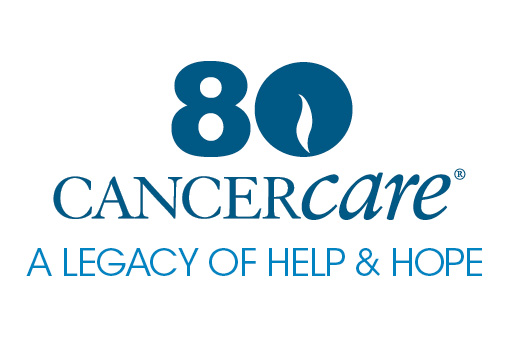Synthetic wigs can help appearance-related effects of cancer treatment. If you have a synthetic wig, here are tips for its care. This fact sheet will cover:
- Instructions for caring for your wig
- CancerCare’s Wig Clinic
- Getting emotional support
Synthetic Wig Care Instructions
Gently brush out the wig to remove any tangles.
When the wig is ready to be washed, fill the sink with cool water. Never use hot water, as this can damage synthetic hair. Pour in about a quarter-size dab of shampoo (either your own, or baby shampoo). When the wig is fully wet, swish it around for about a minute and then let soak for about another minute. TIP: Leave the wig to soak in the shampoo and water for five minutes before washing. This will loosen any stubborn debris and results in less rubbing friction.
Remove the wig and rinse in cold water until no suds remain.
Drying: You can blot the wig with a towel, but don’t twist the wig or wring it out. You can use your fingers to gently separate and arrange the strands as the wig is drying, but don’t try to comb or brush the wig while still wet. The fibers could be stretched to the breaking point. Place the wig on a tall object, like a vase or a hairspray can to dry overnight. Do not allow the wig to dry in direct sunlight.
When the wig is completely dry, you can brush it and style it as you usually would.
Wigs need to be washed approximately once a month.
Remember, no heat! Do not expose your wig to heat over 160 degrees or so. For example, avoid opening an oven, standing near a grill, or putting the wig under a lamp.
CancerCare’s Wig Clinic
CancerCare’s oncology social workers recognize that appearance-related effects of cancer treatment can be hard. The Wig Clinic aims to empower those diagnosed with cancer to look and feel their best and cope with dignity and confidence.
This is an opportunity for people diagnosed with any type of cancer who are receiving chemotherapy to receive one free wig. We provide new wigs in a variety of lengths, colors and styles. During the individual 30-minute fitting, visitors have the opportunity to try on different wigs with assistance from a wig fitter. An oncology social worker is also present to provide support. Basic wig care is discussed, although we do not have the capacity to cut or style wigs ourselves.
Call 800-813-HOPE (4673) for more information.
Getting Emotional Support
The emotional and physical changes associated with cancer are often overwhelming. Oncology social workers are licensed professionals who counsel people affected by cancer, providing emotional support and helping people access practical assistance. CancerCare’s oncology social workers are available to help face-to-face, online or on the telephone to find local resources, free of charge. To learn more, visit www.cancercare.org or call 800-813-HOPE (4673).
